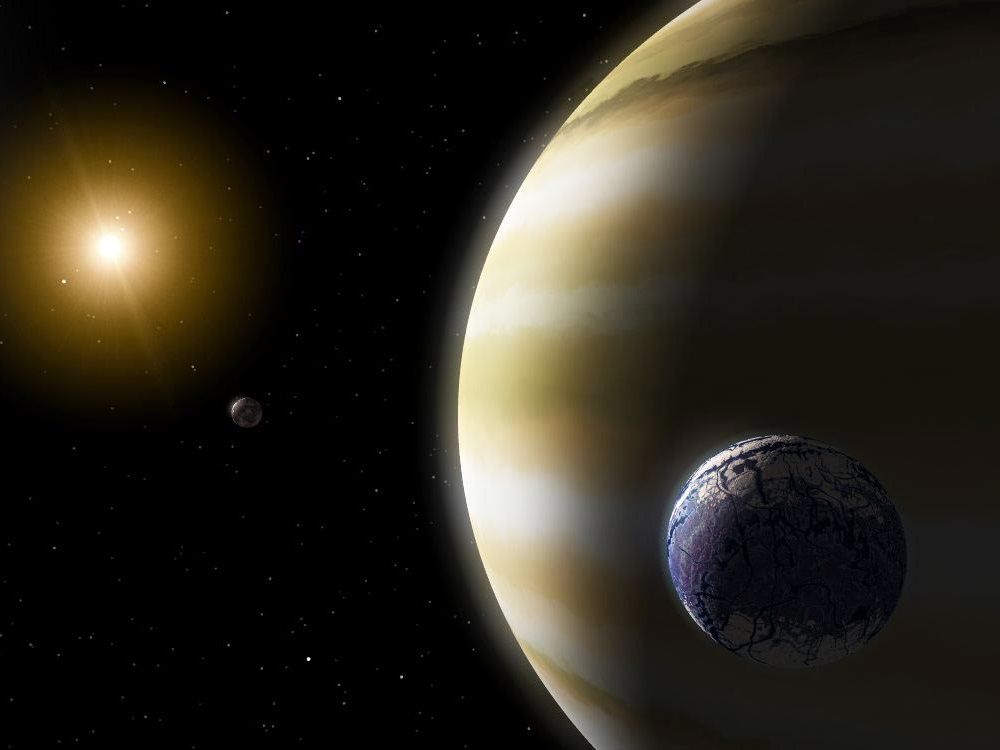
Scientists have identified just 50 or so potentially habitable bodies among thousands of confirmed exoplanets. These rocky orbs are less than twice the size of Earth and lie within the so-called Goldilocks zone of a star, where they're not too hot and not too cold, but just right for liquid water.
Now, researchers have turned to gas giants in the search for habitable celestial bodies. Although these Jupiter-like planets aren't candidates for life, their rocky moons could be.
A team of scientists has identified 121 gas giants that might be harboring habitable moons. The research, which is set for publication in The Astrophysical Journal, was recently shared on the academic preprint server arXiv.
"There are currently 175 known moons orbiting the eight planets in our solar system. While most of these moons orbit Saturn and Jupiter, which are outside the Sun's habitable zone, that may not be the case in other solar systems," Stephen Kane, an associate professor of planetary astrophysics at the University of California, Riverside, said in a statement.
Read more: Flat-Earthers think 'Pac-Man effect' stops us falling off the edge of the planet
With the help of NASA's Kepler and K2 missions, scientists have identified some 3,700 exoplanets lying beyond our solar system. With the launch of NASA's planet-hunting TESS telescope in April, this number is set to rise.
So far, astronomers have found exoplanets in just a few strips of our own galaxy. But, scientists think there may be trillions of planets in the Milky Way alone. Across the entire universe, that number spirals beyond comprehension. Throwing exomoons into the mix makes mind-boggling numbers even more mind-boggling.
Read more: Planets discovered outside Milky Way galaxy for first time
Adding exomoons to the habitability hunt, Kane said, is a great way to broaden the search for life. "Including rocky exomoons in our search for life in space will greatly expand the places we can look," he said.
Now they've catalogued the giant planets known to lie in a Goldilocks zone, the team will try and pin down the most likely exomoon candidates. Study author Michelle Hill, at the University of Southern Queensland, said in the statement, "Our follow-up studies will help inform future telescope design so that we can detect these moons, study their properties, and look for signs of life."
Uncommon Knowledge
Newsweek is committed to challenging conventional wisdom and finding connections in the search for common ground.
Newsweek is committed to challenging conventional wisdom and finding connections in the search for common ground.
About the writer
Katherine Hignett is a reporter based in London. She currently covers current affairs, health and science. Prior to joining Newsweek ... Read more
To read how Newsweek uses AI as a newsroom tool, Click here.








